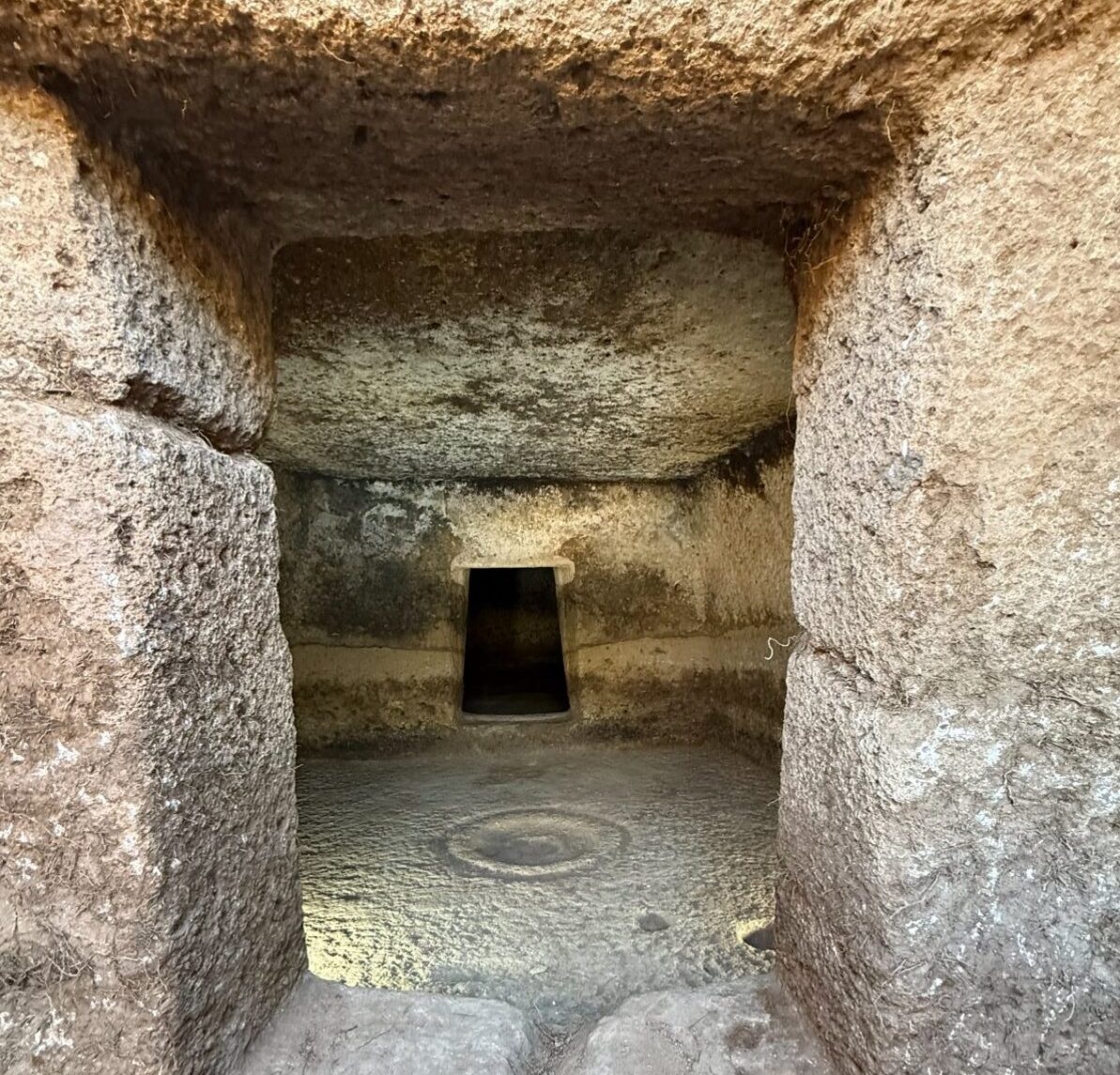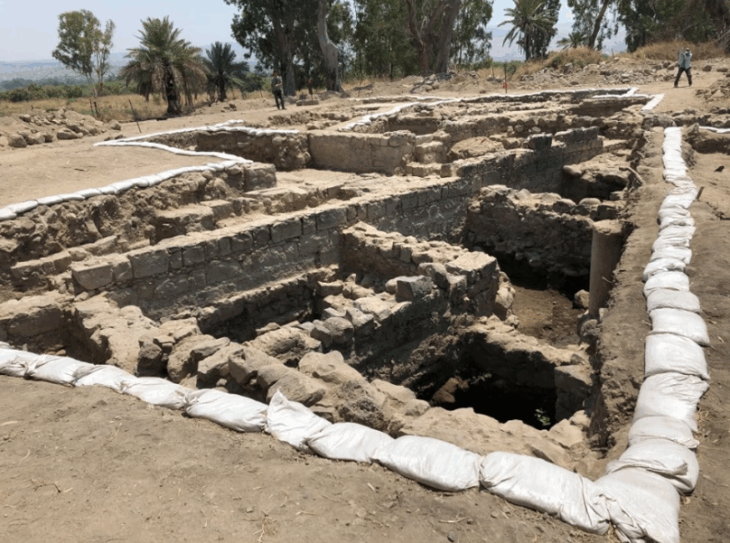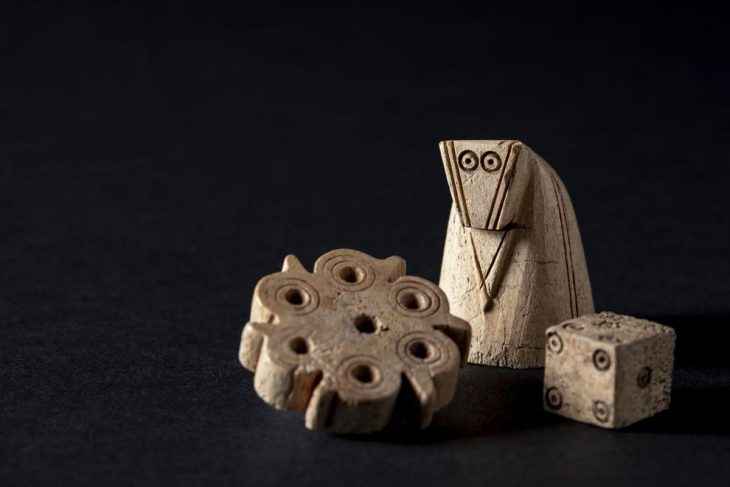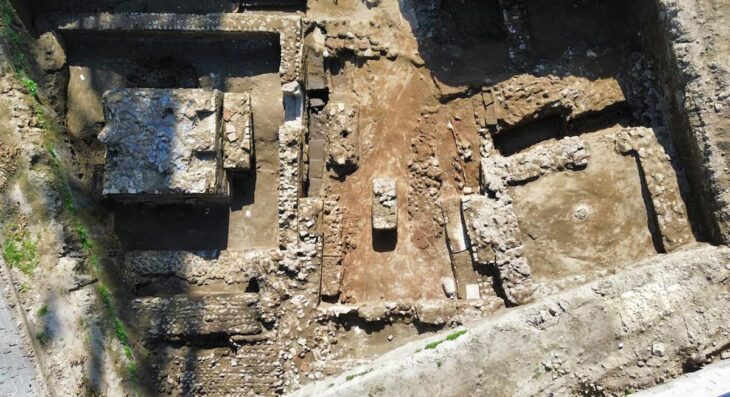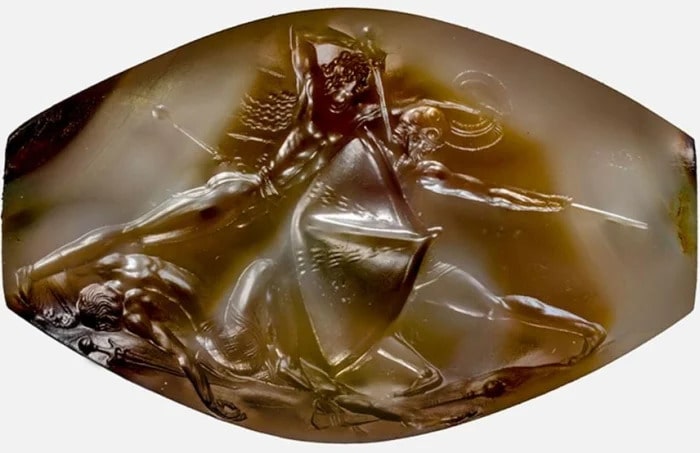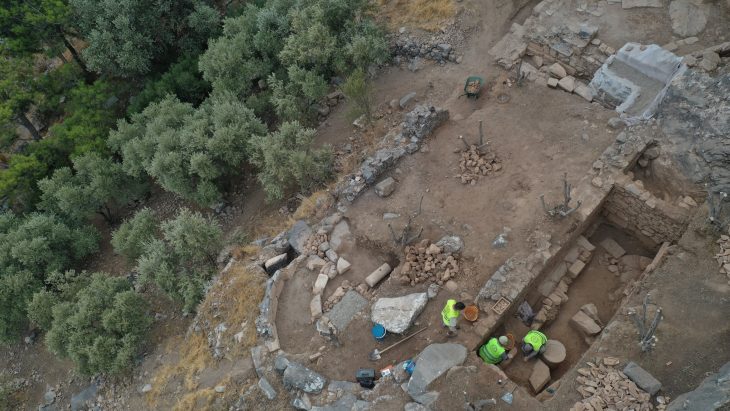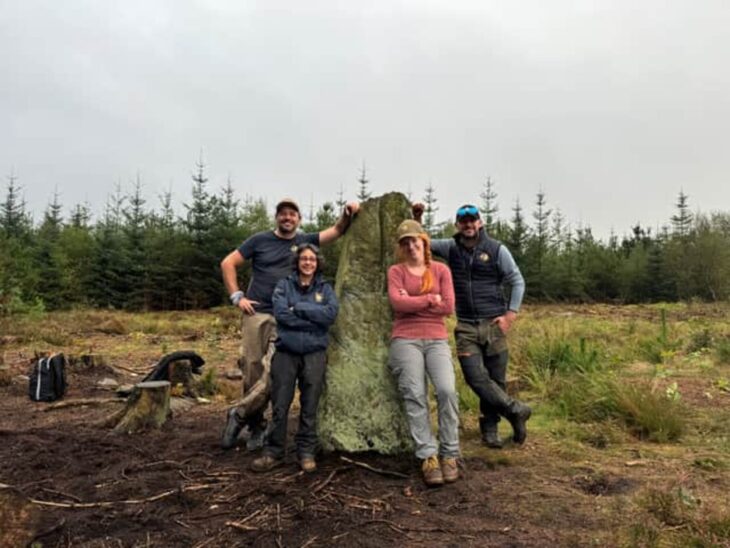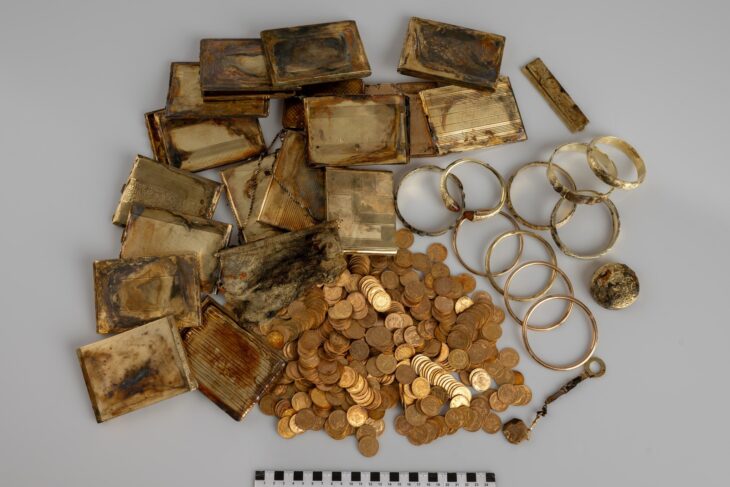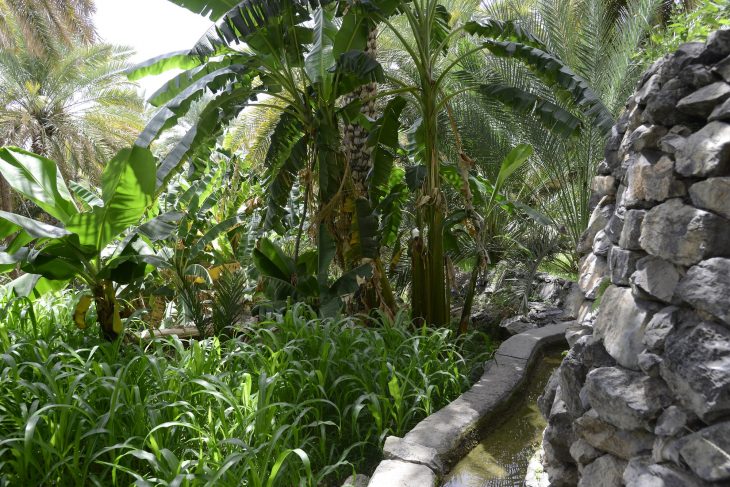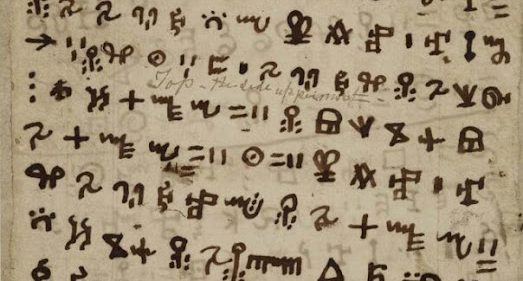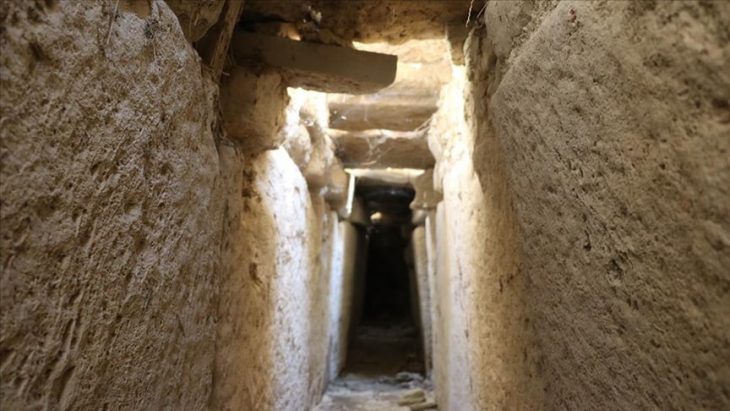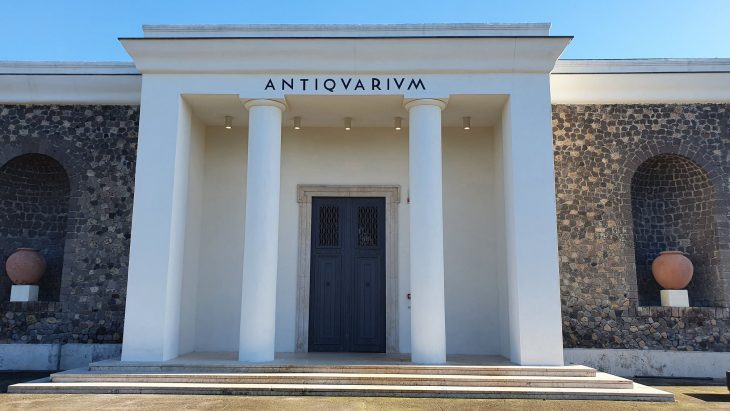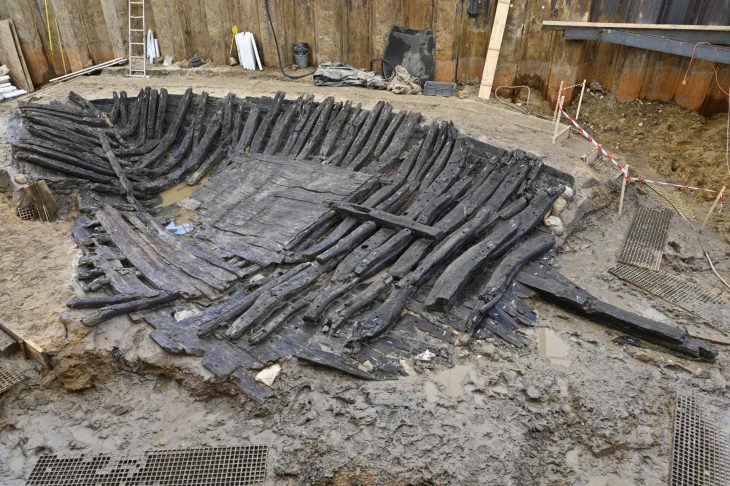Hidden beneath the rugged landscapes of Sardinia lie the silent dwellings of an ancient world — the Domus de Janas, or “Fairy Houses.” Carved into rock over five millennia ago, these mysterious tombs blur the line between myth and history. Neither mere legend nor simple graves, they represent a unique fusion of ritual, belief, and artistry. Now, the recent discovery of three new Domus de Janas at the Sant’Andrea Priu archaeological complex adds yet another chapter to the enduring enigma of Sardinia’s prehistoric past.
In a significant archaeological development, three new Domus de Janas have been discovered at the Archaeological Complex of Sant’Andrea Priu in Bonorva, Sardinia, bringing the total number of known hypogea at the site to 20. These underground tombs, dating back to prehistoric times, were unearthed during a cultural heritage project promoted by Italy’s Ministry of Culture aimed at excavation, conservation, and site enhancement across the Meilogu region.
The newly found tombs—designated as Tombs XVIII, XIX, and XX—were located near the so-called “Tomb of the Hearth,” situated on a plateau dominated by a distinctive rock formation known as the “Bell Tower” or “Bull.”
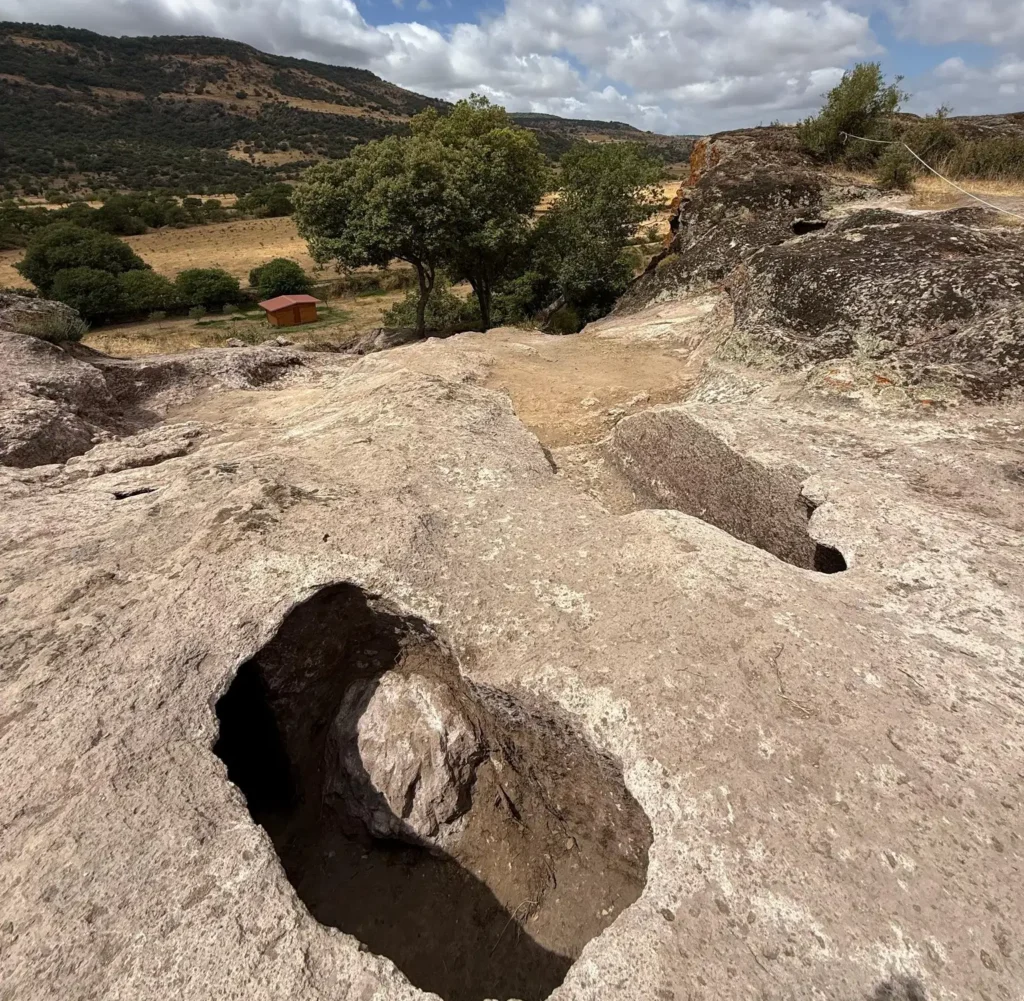
Each tomb offers unique architectural and cultural features:
Tomb XVIII features a dromos (corridor) and a central quadrangular chamber with a carved hearth. Artifacts include obsidian fragments, a spindle, a greenstone axe, and pickaxes.
Tomb XIX, a smaller structure, contains a pavilion-like entrance leading to two interior chambers. Finds include ceramic fragments and a miniature jar.
📣 Our WhatsApp channel is now LIVE! Stay up-to-date with the latest news and updates, just click here to follow us on WhatsApp and never miss a thing!!
Tomb XX, the most elaborate, contains seven rooms accessed through side corridors branching from an entry cell. A painted decorative band still survives in one of the chambers. Over 30 Roman-era ceramic vessels were discovered here, earning it the nickname “Tomb of the Roman Vases.”
All recovered artifacts will undergo restoration at the Restoration and Conservation Center of Li Punti and will be analyzed to further uncover the cultural and historical context of the site.
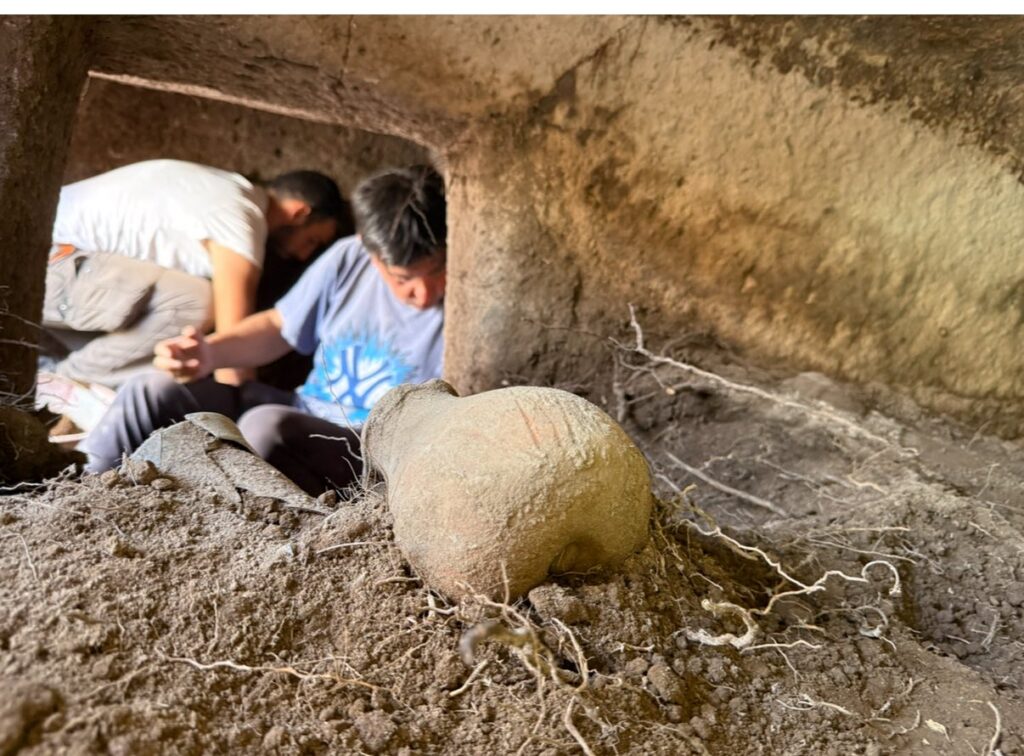
What Are Domus de Janas?
Domus de Janas, meaning “House of the Fairies” or “House of the Witches” in Sardinian, are prehistoric chamber tombs carved into rock between 3400 and 2700 BCE. These tombs reflect the religious and ritual beliefs of Neolithic Sardinian communities and often mimic the layout of contemporary houses, suggesting a belief in an afterlife similar to earthly existence. They are often decorated with symbolic motifs such as spirals, bulls’ horns, and false doors.
About the Sant’Andrea Priu Archaeological Complex
The Sant’Andrea Priu complex is one of the most important prehistoric necropolises in Sardinia. Located on the slopes of the Meilogu plateau, it features a series of well-preserved hypogea carved into volcanic rock. In addition to Neolithic tombs, the site includes evidence of use during the Roman and early medieval periods, indicating a long and layered history of human activity.
The site is part of a serial site recently inscribed as a UNESCO World Heritage Site, highlighting its outstanding universal value.
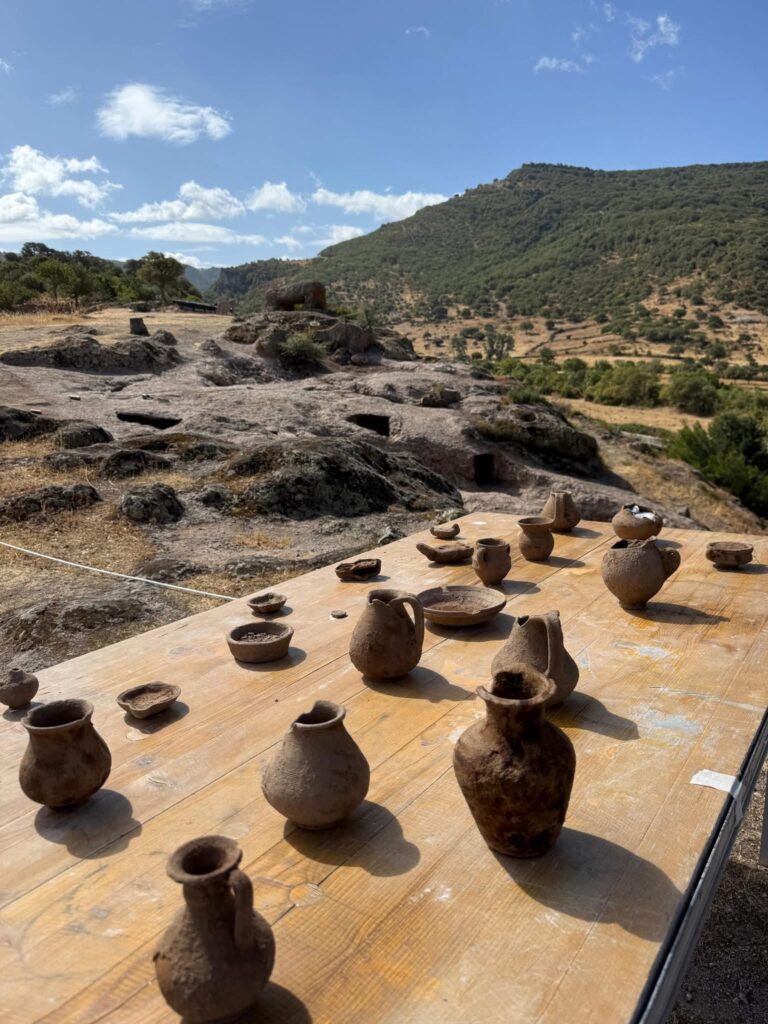
Future Excavations and Public Access
Excavations will continue in the lower area of the site, where signs of Roman and early medieval settlements have already surfaced. In the meantime, the newly discovered tombs will be open to the public, enhancing the site’s cultural tourism potential.
This discovery is part of a broader cultural investment by the Ministry of Culture, which includes excavations at other nearby archaeological landmarks such as Nuraghe Oes and Nuraghe Santu Antine, with a total budget of approximately €2 million.
The discovery of three new Domus de Janas at Sant’Andrea Priu not only adds to the historical richness of Sardinia but also opens new doors to understanding the island’s ancient burial traditions and cultural evolution. As research and conservation continue, the site promises to remain a focal point for both scholars and visitors interested in the deep roots of Mediterranean civilization.
Soprintendenza Sassari e Nuoro
Cover Image Credit: Patrizia Luciana Tomassetti and Nadia Canu

